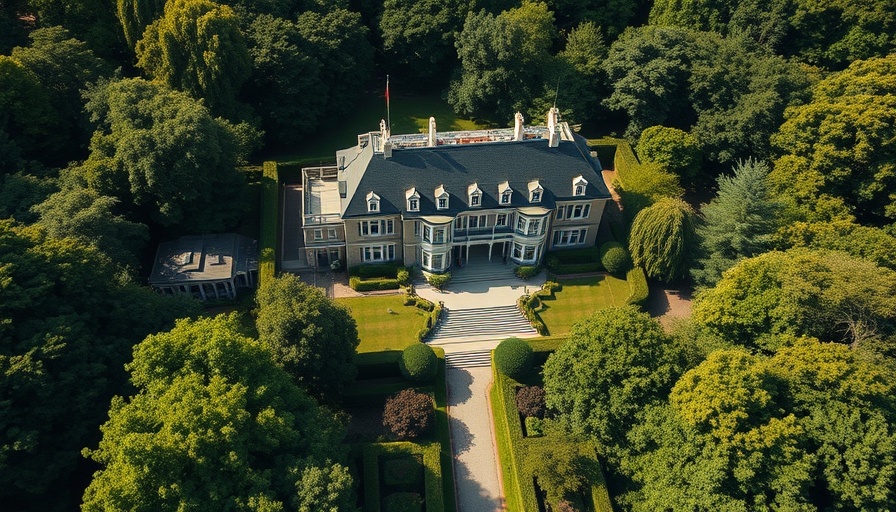
Columbus Music Scene Faces Uncertainty as Athenaeum Shuts Down
The Columbus Athenaeum, a cultural landmark and beloved concert venue, has unexpectedly gone dark as TempleLive, the company that acquired the property over a year ago, cancels multiple shows across its venues. This closure not only affects concert-goers but also raises concerns about the future of live music in Central Ohio.
Founded as a meeting space in the late 1800s, the Athenaeum has long served as a cornerstone of Columbus's cultural identity. Its sudden closure appears to be a significant loss for local musicians and fans alike. Events that were set to take place in the coming weeks have now been canceled, stirring disappointment within the community.
Analyzing the Impact on the Local Economy
The cancellation of shows at the Athenaeum reflects broader trends affecting the music and entertainment industry in Columbus. Many local businesses rely heavily on foot traffic generated by these events. In particular, restaurants and bars in the vicinity have historically benefitted from concert-goers looking to grab a meal or drink before or after shows. With this well of potential customers diminishing, the economic ramifications could be profound.
TempleLive’s decision to halt events could signal financial instability within the organization, which previously sought to revitalize the local music scene. As venues across the country are either closing or retracting programming, understanding Central Ohio’s unique position in this trend is vital for local entrepreneurs. Could this indicate a shrinking market for live concerts here, or are alternative solutions on the horizon?
Future of Live Music in Columbus: Opportunities and Challenges
While the situation looks bleak, there are still opportunities for Columbus to strengthen its position as a vibrant music city. Local advocates argue for a more focused effort to promote emerging local artists and showcase diverse music genres. Events such as music festivals, open mic nights, and partnerships with schools to promote music education could ignite interest and create a supportive community.
However, community engagement is crucial. The collective voice of local businesses, residents, and artists needs to echo in city hall to ensure support for initiatives aimed at reviving the local music scene. Collaboration can pave the way towards innovative solutions that bolster venues struggling to survive and keep the music playing.
Possible Trends in Local Entertainment Sector
As audiences gradually return, there may be trends that emerge from the current landscape. Live-streaming concerts gained popularity during the pandemic and could provide a dual revenue stream for performers—offering fans the choice between attending in person and enjoying performances remotely.
Additionally, the concept of hybrid events, which combine live performances with virtual components, is poised to take off. In enhancing accessibility, artists could reach a larger audience while providing fans with the convenience of choosing how they wish to participate.
Your Role in Shaping Columbus's Music Future
As a professional or entrepreneur in Central Ohio, how can you contribute to the flourishing of the music scene? Attending local shows and promoting events through social media channels can uplift artists and venues facing difficulties. Collaborating with local businesses to create music-inspired evenings or themed events can also enhance community involvement.
Support for local initiatives is imperative now more than ever. Engaging with music educators or grassroots movements advocating for more live performances can facilitate a robust recovery for the arts in the area.
Final Thoughts: The Way Forward for Columbus
The cancellation of shows at Columbus's Athenaeum underscores a turbulent moment for the city's music scene. However, with collective action, innovation, and community support, there remains hope for revitalizing live music in the area. Investing enthusiasm and energy into local music and culture could transform this crisis into an opportunity for growth and transformation.
It's crucial for stakeholders—from musicians to local business owners—to come together and champion the cause of live music. Discussing collaboration and potential events in local networks can ensure that the vibrancy of Columbus's cultural scene survives and thrives, even through challenging times.
 Add Row
Add Row  Add
Add 




Write A Comment